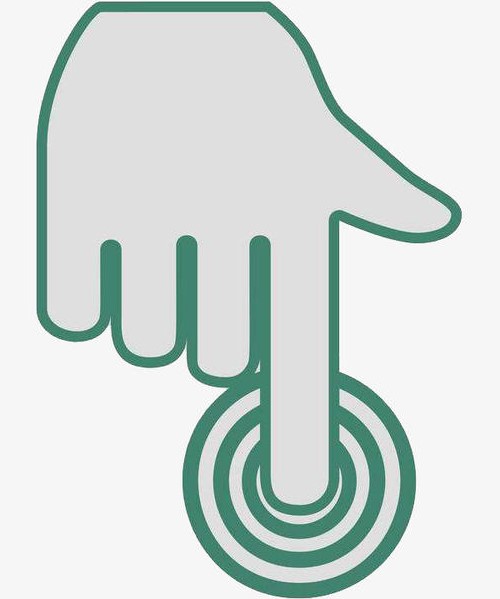Interactive CardioVascular and Thoracic Surgery 0 (2012) 1–7
Wijnand A.C. Palmbergena, Agnes van Sonderena, Ali M. Keyhan-Falsafib, Ruud W.M. Keunena,*and Ron Wolterbeekc
a Department of Neurology and Clinical Neurophysiology, Haga Teaching Hospitals, The Hague, The Netherlands
b Department of Cardiosurgery, Haga Teaching Hospitals, The Hague, The Netherlands
c Department of Medical Statistics and Bioinformatics, Leiden, The Netherlands
* Corresponding author. Department of Neurology, Haga Teaching Hospitals, Leyweg 275, 2545 CH The Hague, The Netherlands. Tel: +31-70-2100000;
e-mail: r.keunen@hagaziekenhuis.nl (R.W.M. Keunen).
Abstract
OBJECTIVES: Postoperative delirium is a major cause of morbidity and mortality after cardiovascular surgery. Risk factors for postoperative
delirium include poor cerebral haemodynamics and perioperative cerebral desaturations. Our aim was to reduce the postoperative
delirium rate by using a new prevention strategy called the Haga Brain Care Strategy. This study evaluates the efficacy of the implementation of the Haga Brain Care Strategy to reduce the postoperative delirium rate after elective coronary artery bypass graft (CABG) procedures. The primary endpoint was the postoperative delirium rate, and the secondary endpoint was the length of stay in the intensive care unit.
METHODS: The Haga Brain Care Strategy consisted of the conventional screening protocol for delirium with the addition of preoperative transcranial Doppler examinations, perioperative cerebral oximetry, modified Rankin score, delirium risk score and (if indicated)
duplex examination of the carotid arteries. In case of poor preoperative haemodynamics, the cerebral blood flow was optionally optimized by angioplasty or the patient was operated on under mild hypothermic conditions. Perioperative cerebral desaturations >20%
outside the normal range resulted in intervention to restore cerebral oxygenation. Cerebral oximetry was discontinued when patients
regained consciousness. Patients undergoing elective CABG procedures in 2010 were compared with patients scheduled for coronary bypass graft procedures in 2009 who had not been exposed to additional Haga Brain Care Strategy assessment.
RESULTS: A total of 233 and 409 patients were included in 2009 and 2010, respectively. The number of patients subjected in 2010 to
transcranial Doppler examinations, cerebral oximetry or both (Haga Brain Care Strategy) were 262 (64.1%), 201 (49.1%) and 139
(34.0%), respectively. The overall rate of postoperative delirium decreased from 31 (13.3%) in 2009 to 30 (7.3%) in 2010 (P = 0.019).
A binary logistic regression model showed that the Haga Brain Care Strategy was an independent predictor of a reduced risk of developing
a postoperative delirium (odd ratio = 0.37, P = 0.021).
CONCLUSIONS: With the implementation of the Haga Brain Care Strategy in 2010, a reduction of the incidence of postoperative delirium
in patients undergoing elective CABG procedures was observed. In addition, the length of stay in the intensive care unit showed an overall tendency to decline. The limited number of observations and the current study design do not allow a full evaluation of the Haga Brain Care Strategy but the data support the idea that a sophisticated preoperative assessment of cerebral haemodynamics and perioperative monitoring of cerebral oximetry reduce the incidence of the postoperative delirium in CABG surgery.
摘要:
目的:术后刺激性是心血管手术后发病和死亡的主要原因。术后危险因素烦躁不安包括不良的脑血流动力学和围手术期脑去饱和。我们的目标是减少术后通过使用称Haga Brain Care Strategy的新预防策略来提高妄想率。这项研究评估了Haga的脑部护理策略可降低选择性冠状动脉搭桥手术(CABG)后的失率率。主要终点为术后del妄发生率,次要终点为重症监护室住院时间。
方法:Haga的大脑健康策略包括常规的del筛查测试,术前经颅多普勒检查,围手术期脑血氧饱和度,改良的Rankin评分,del发生ium妄的风险和(如有)仔细检查颈动脉。如果术前血流动力学较差,则可以使用血管成形术来优化脑血流量,或者可以在轻度低温下对患者进行手术。围手术期脑去饱和度> 20%超出正常范围将导致干预以恢复脑氧合。在患者期间停止脑血氧饱和度测量唤醒。将2010年接受CABG择期手术的患者与计划于2009年接受冠状动脉搭桥手术的患者(不进行额外的Haga脑保健策略评估)进行比较。
结果:2009年和2010年分别招募了233和409例患者。 2010年接受治疗的患者人数经颅多普勒检查,脑血氧饱和度检查或两者(Haga脑部护理策略)分别为262(64.1%),201(49.1%)和139(34.0%)。术后非理性的总发生率从2009年的31(13.3%)下降到2010年的30(7.3%)(P = 0.019)。二元逻辑回归模型表明,Haga脑部护理策略是降低疾病风险的独立预测因子手术后出现烦躁(奇数比= 0.37,P = 0.021)。
结论:随着2010年Haga的脑部护理策略的实施,术后ir妄的发生率降低了在接受选择性CABG手术的患者中观察到。此外,重症监护室的住院时间一般呈下降趋势。有限的观察结果和当前的研究设计不能完全评估Haga的大脑健康策略,但数据支持这样的想法,即术前对脑血流动力学的精确评估和围手术期对血氧饱和度的监测可以减少手术后受伤的发生率。 CABG手术。(译文来自GOOGLE)



